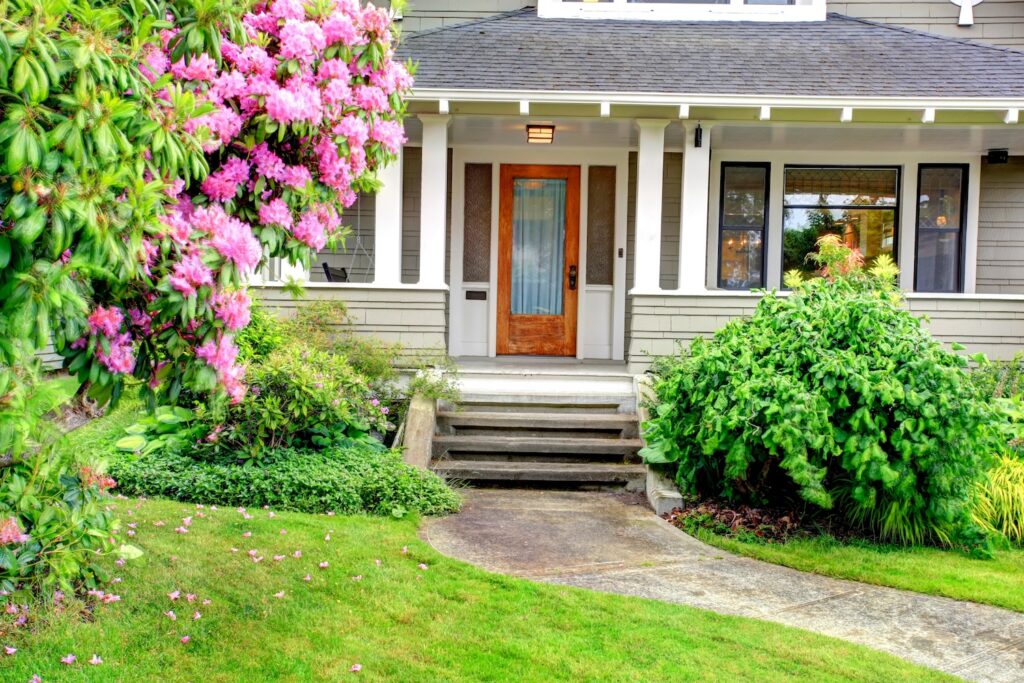The transition from El Niño to La Niña has significant implications for weather patterns across the globe, including Georgia. Understanding these changes can help you prepare for the upcoming spring and summer seasons and ensure your home is prepared for what is coming.
El Niño and La Niña are opposite phases of the El Niño-Southern Oscillation (ENSO) cycle, which describes fluctuations in temperature between the ocean and atmosphere in the east-central Equatorial Pacific. While El Niño is characterized by warmer-than-average sea surface temperatures, La Niña is associated with cooler-than-average sea surface temperatures in the Pacific Ocean.
Impact on Georgia’s Weather
Spring:
- Increased Rainfall: The transition to La Niña typically brings wetter than normal conditions to Georgia during the spring. Residents should prepare for more frequent and potentially heavier rainfall.
- Temperature Fluctuations: Temperatures can fluctuate more widely, with cooler spells interspersed with typical warm weather as La Niña takes hold.
Summer:
- Hotter Temperatures: La Niña summers in Georgia tend to be hotter. The state can experience higher than average temperatures, leading to prolonged heatwaves.
- Storm Activity: There is often an increase in storm activity, including the potential for more severe thunderstorms and an increased risk of hurricanes in the Atlantic. While Atlanta isn’t typically on a direct path for these storms, they can definitely impact us indirectly through increased rainfall, high winds and even storm surges along the coast.
Prepare Your Home for the Upcoming Spring & Summer
Inspect and Repair Roofs: With increased rainfall in spring and potentially severe storms in summer, it’s crucial to inspect roofs for any signs of damage or wear. Repairing or replacing damaged shingles or tiles can prevent leaks and water damage.
Gutter Maintenance: Clean gutters and downspouts to ensure they are free from debris. This helps manage the increased rainfall effectively, preventing water from backing up and causing damage to your home.
Landscaping and Drainage: Ensure proper landscaping and drainage around your home to prevent water accumulation. This includes sloping the ground away from the foundation and installing drainage solutions like sump pumps, if necessary.
Check Air Conditioning Systems: Before the onset of hotter temperatures, service your air conditioning systems. This ensures they are running efficiently during the heatwaves expected in a La Niña summer, and you don’t have to wait in line sweating for a technician to come out.
Window and Door Seals: Check and repair seals around windows and doors to improve energy efficiency and prevent water from entering during heavy rains.
Emergency Preparedness: Given the increased risk of severe weather, including the possibility of hurricanes, having an emergency preparedness kit and a plan in place is wise. This should include supplies such as water, non-perishable food, medications, flashlights, and batteries.
Pest Control: Wet conditions in spring can lead to an increase in bugs and rodents looking for a dry place to land, including your home. Inspect for potential entry points and consider preventative pest control measures.
Understanding the implications of the transition from El Niño to La Niña allows Georgia residents to prepare adequately for the changing weather patterns. By taking proactive steps in home and building maintenance, individuals can protect their properties and ensure their safety during these seasonal shifts. If the worst does happen, and you need remediation services due to mold, fire or water damage, we are here to clean up the mess, repair the damage and remove lingering odors so you can feel at home again.

